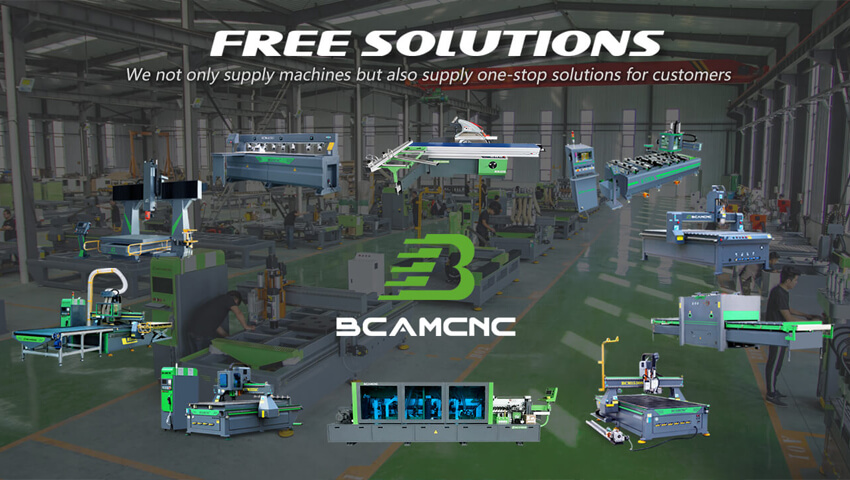- Your are here:
- NEWS
The Ultimate 2025 CNC Router Buyer's Guide
 Upload to:04-23 2025
Upload to:04-23 2025
As manufacturing technology evolves, selecting the right CNC router remains crucial for businesses aiming to enhance precision and efficiency. Whether you're in woodworking, metal fabrication, or sign-making, this updated 2025 Buyer’s Guide breaks down the essential factors to consider before purchasing a CNC router.
1. Determine Your Cutting Needs
Material Compatibility: Ensure the machine supports wood, aluminum, plastics, or composites.
Work Area Size: Match the cutting bed dimensions (e.g., 4'x8' for sheet goods, smaller for detailed engraving).
2. Core Machine Specifications
Spindle Power: 3kW–15kW (higher power for metals, lower for softer materials).
Speed & Precision: Look for high RPM (24,000+ for fine detail) and repeatability within ±0.001".
3. Automation & Software
ATC Systems: Automatic tool changers (6+ tools) reduce downtime.
User-Friendly Software: Compatibility with industry standards like Mach3, VCarve, or Fusion 360.
4.Budget vs. Performance
Entry-level models: Start at $4,000 (e.g., basic 3-axis wood routers).
Mid-range systems: 8,000–20,000 (ATC, larger work areas, metal-cutting capability).
Industrial-grade CNC routers: $5,000+ (5-axis, robotic integration, high-volume production).
Why This Matters for Your Business
Upgrading to a 2025-ready CNC router can significantly boost production speed and precision. Whether you’re crafting custom furniture or aerospace parts, aligning your purchase with this year's advancements ensures long-term ROI.

- Previous : BCAM CNC Shines at the 137th Canton Fair: Record Engagement & Promising Partnerships
- Next : Join Us at LIGNA 2025 – Hall 011, Stand E55!


 EN
EN Ru
Ru






























